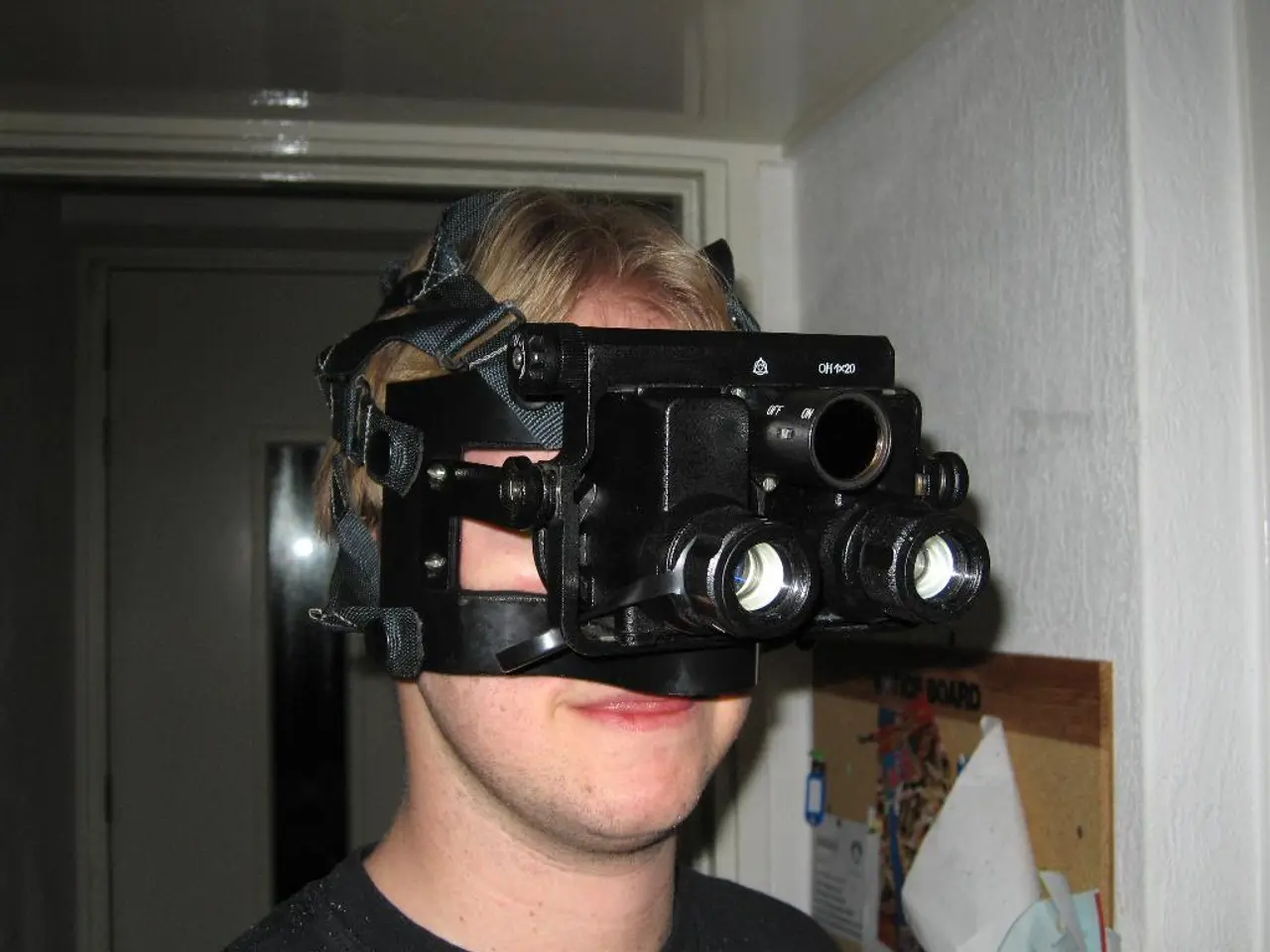Exploration of Virtual Reality and Augmented Reality in the E-commerce and Retail Industries in the Year 2024
In the rapidly evolving world of e-commerce and retail, virtual reality (VR) and augmented reality (AR) are making a significant impact by enhancing customer experiences. These innovative technologies are bridging the gap between digital and physical shopping, offering visualization, personalization, and interactive engagement that boost conversion rates and reduce returns.
AR, once a novelty, has become essential for retailers, enabling customers to visualize products in real-life contexts. IKEA's furniture fitting apps and Warby Parker's virtual glasses try-on are prime examples. These AR experiences drive up to 94% higher conversion rates and significantly reduce return rates, particularly in categories like furniture, fashion, and cosmetics.
While VR complements AR by providing more immersive shopping experiences, AR currently has more widespread adoption in retail. Retailers use these technologies for visualization, personalization, and optimization, allowing customers to see products in their own environment, try on virtually, and receive tailored recommendations based on user behavior. Leading retailers like IKEA, Target, Amazon, Home Depot, and Sephora integrate AR features into both online and in-store experiences, enhancing brand engagement and customer satisfaction.
Platforms like Shopify have democratized AR by allowing small to medium retailers to create their own AR experiences, fueling growth beyond large brands. This democratization of technology is making immersive shopping experiences more accessible and commonplace.
AR and VR reduce uncertainty in online purchases by enabling customers to make informed decisions. These technologies create more engaging, interactive shopping experiences that increase customer satisfaction and loyalty. Social media integration amplifies their influence by aligning with customers’ discovery and purchase behaviors on platforms such as Instagram and Snapchat.
However, the adoption of AR and VR in e-commerce is not without challenges. Technical and cost barriers, seamless omnichannel integration, mass adoption, data privacy and security, and user familiarity are all factors that need to be addressed. The global AR/VR market is expected to grow at about 19% CAGR, reaching $77.5 billion by 2028, indicating a promising future for these technologies.
The future potential of AR and VR lies in deeper integration with AI/ML, multi-channel engagement, and data-driven optimization. AI and machine learning will enhance AR/VR experiences by enabling smarter personalization, real-time customization, and improved customer insights. Blockchain may emerge as a tool to secure transactions within immersive commerce platforms, increasing trust.
Expansion into new retail verticals and social commerce will increase as immersive technologies marry with social media and mobile shopping habits. Virtual shopping events, where customers can interact with other shoppers and sales representatives, are becoming more popular.
In summary, AR and VR are transforming e-commerce and retail by enabling immersive, personalized customer experiences that boost engagement and sales. Though challenges in technical implementation and adoption remain, these technologies are poised to become foundational elements of retail strategy in the near future.
- To match the growing demand for engaging customer experiences, the realm of education-and-self-development is also adopting AR and VR, revolutionizing online learning.
- Marketing strategies have been enhanced through software that employs AR, offering visualization and personalized custom solutions that captivate and support customers.
- As societies embrace healthier lifestyles, fitness brands are incorporating AR to provide virtual workout routines, merging technology with the sports sector.
- The finance industry is exploring AR and VR to create more intuitive and interactive tools, aiding financial management and investment decisions.
- The impact of AR and VR extends to lifestyle domains, where consumers can visualize product options or home decor in their environment before making a purchase.
- AR has made remarkable strides in the discovery and interpretation of hardware specifications with interactive product demonstrations, catering to both tech enthusiasts and beginners.
- Immersive healthcare experiences may soon become reality, allowing patients to virtually interact with medical experts in remote locations, bridging geographical gaps.
- With the explosive growth of AR and VR, it's not surprising that events, both personal and professional, are using immersive technologies to create unique, shareable experiences, connecting individuals like never before.




